
Have you ever spent countless hours trying to learn a new skill, only to feel like you’re making minimal progress? Traditional learning approaches often fail because they focus on passive consumption rather than active engagement. The good news is that research has uncovered powerful methods to learn a new skill faster than ever before. In this guide, we’ll explore ten science-backed strategies that can dramatically accelerate your learning journey, whether you’re picking up a musical instrument, mastering a programming language, or developing any other valuable ability.
Before diving into effective learning strategies, it’s important to understand why conventional approaches often yield disappointing results:
Traditional learning methods typically fail because they rely on passive consumption rather than active engagement with the material. Simply reading textbooks or watching instructional videos without practical application creates an illusion of competence without building real skill.
The most effective learning happens when we move beyond these passive approaches and embrace methods that align with how our brains actually acquire and retain new skills. Let’s explore the science-backed alternatives that can help you learn a new skill faster and more effectively.

Deliberate practice involves focused, structured training designed to improve specific aspects of performance. Unlike casual practice, it requires complete concentration, clear goals, and immediate feedback. Research by Anders Ericsson, the psychologist behind the famous “10,000-hour rule,” found that the quality of practice matters far more than quantity.
When learning to code in Python, a software developer doesn’t just passively read documentation. Instead, she identifies specific programming concepts she struggles with (like object-oriented programming), creates mini-projects that focus exclusively on those concepts, analyzes her code for improvements, and seeks feedback from more experienced programmers on those specific elements.
“It’s not just the hours you put in, but what you put into those hours that counts.”
– Josh Kaufman, author of “The First 20 Hours”
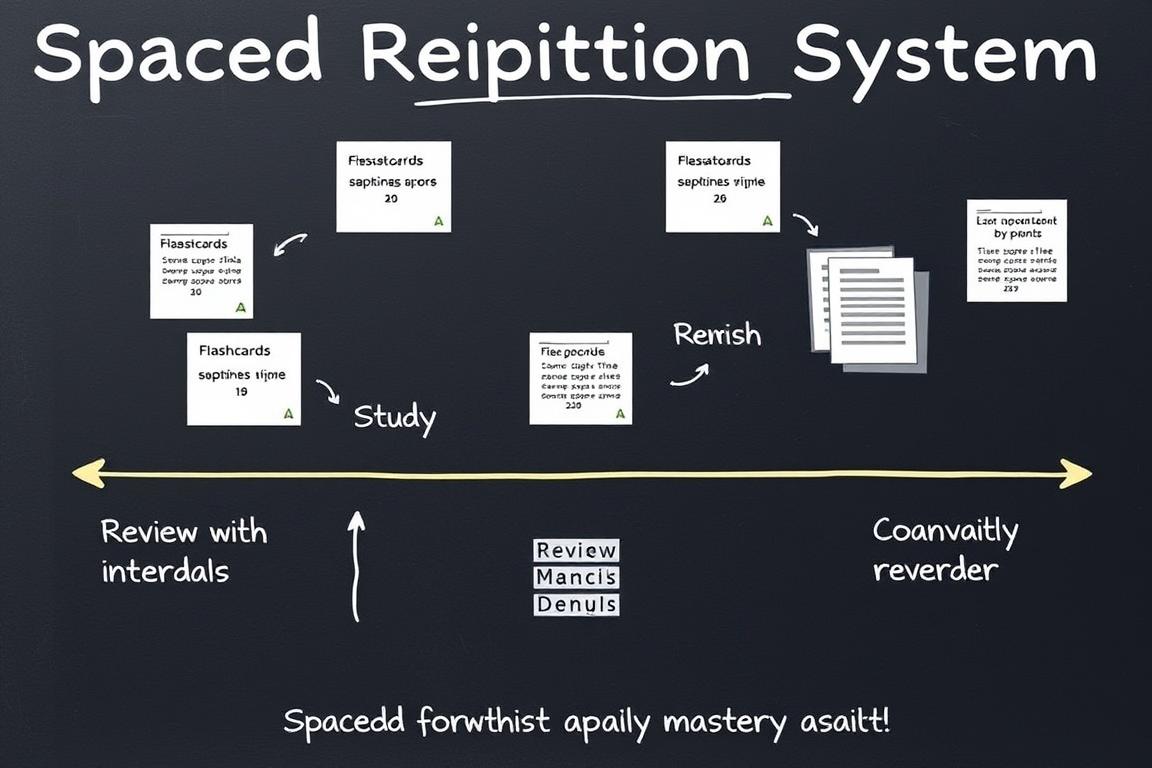
Spaced repetition is a learning technique that involves reviewing information at systematically increasing intervals. This method works with your brain’s natural forgetting curve to strengthen neural connections just as they begin to weaken, making it one of the most efficient ways to move information into long-term memory.
A language learner studying Spanish uses Anki, a spaced repetition flashcard app, to master vocabulary. Instead of reviewing all words daily, the app presents words she struggles with more frequently while spacing out words she knows well. This approach allows her to learn twice as many words in the same study time compared to traditional methods.

Named after Nobel Prize-winning physicist Richard Feynman, this technique involves explaining a concept in simple terms as if teaching it to someone with no background in the subject. This process reveals gaps in your understanding and forces you to clarify your thinking.
A web developer learning React.js writes a blog post explaining how React’s virtual DOM works to complete beginners. In the process of simplifying the concept, she realizes she doesn’t fully understand the reconciliation process, which leads her to research this specific aspect more deeply, resulting in much stronger comprehension.
| Learning Method | Effectiveness | Time Commitment | Best Use Cases |
| Deliberate Practice | Very High | 20+ hours for basic competency | Physical skills, performance arts, sports, coding |
| Spaced Repetition | High | 15-30 minutes daily, distributed over weeks | Vocabulary, facts, concepts, languages |
| Feynman Technique | High | 1-2 hours per concept | Complex theoretical concepts, academic subjects |

Interleaving involves mixing different but related topics or skills during practice sessions rather than focusing on one thing at a time (known as “blocking”). Research shows this approach leads to better long-term retention and skill transfer, even though it feels more difficult in the moment.
A basketball player practicing free throws, three-pointers, and layups in a mixed sequence rather than completing all free throws before moving to the next shot type. Though this feels more challenging, studies show it leads to better performance in actual games where shots are never predictably sequenced.
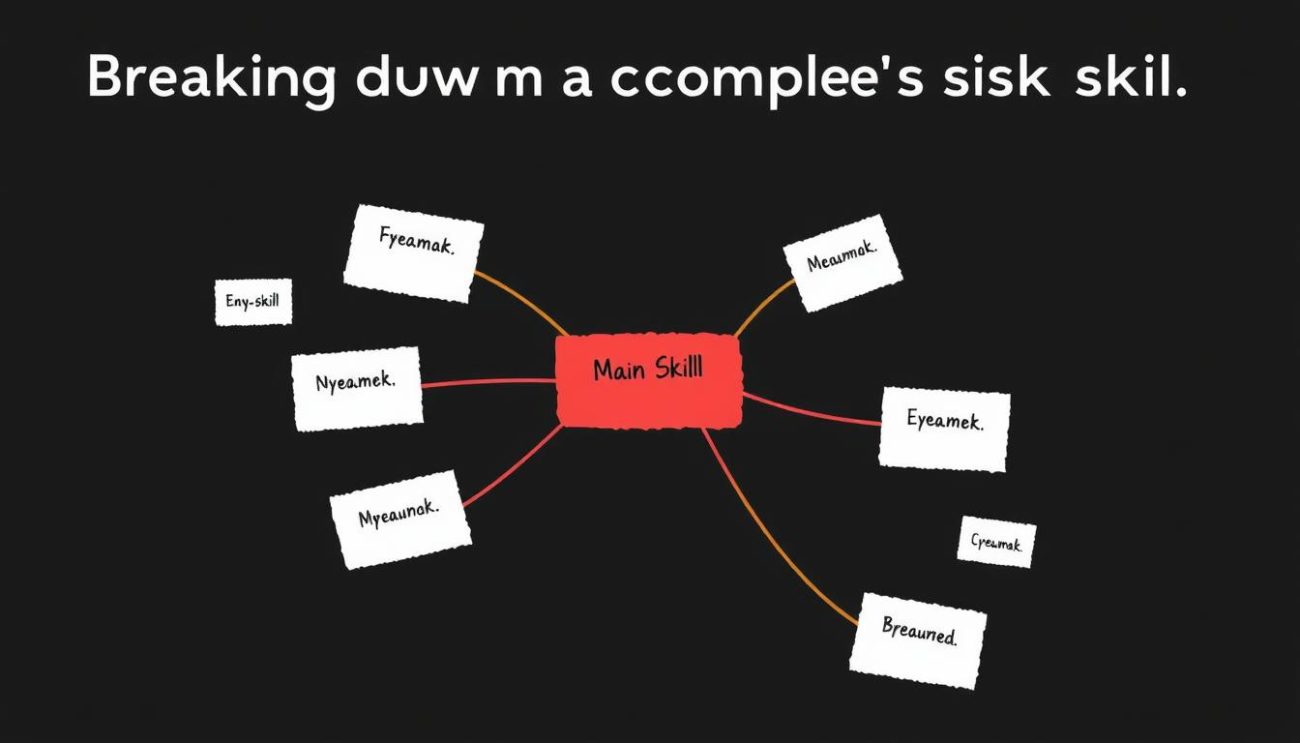
Chunking involves breaking down complex information or skills into smaller, manageable units that your brain can process more easily. This technique leverages your brain’s natural tendency to organize information into meaningful groups, making it easier to learn and recall.
A guitarist learning a complex solo doesn’t attempt to master the entire piece at once. Instead, she breaks it down into 4-bar phrases, masters each chunk separately, then gradually combines them. This approach makes an overwhelming task manageable and builds confidence through incremental success.

Active recall involves actively stimulating memory during the learning process by testing yourself rather than passively reviewing material. Research consistently shows this is one of the most effective ways to learn a new skill faster and retain information long-term.
A medical student learning anatomy closes her textbook and tries to draw and label all bones in the human hand from memory. This process of retrieval practice strengthens neural pathways far more effectively than re-reading the chapter multiple times.
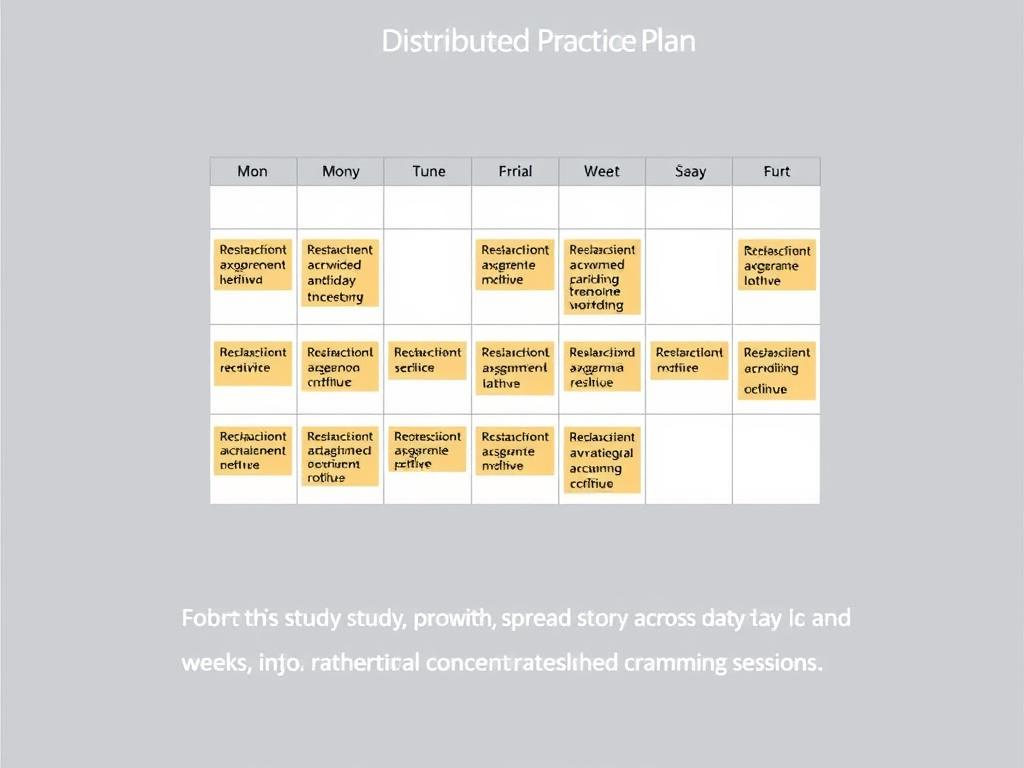
Distributed practice involves spreading out learning sessions over time rather than cramming everything into a single session. This approach works with your brain’s natural learning processes and leads to significantly better long-term retention than massed practice.
A programmer learning JavaScript practices for 30 minutes daily over two months rather than cramming for several hours on weekends. Despite spending the same total time, the distributed approach leads to better skill development and retention because it allows for memory consolidation between sessions.
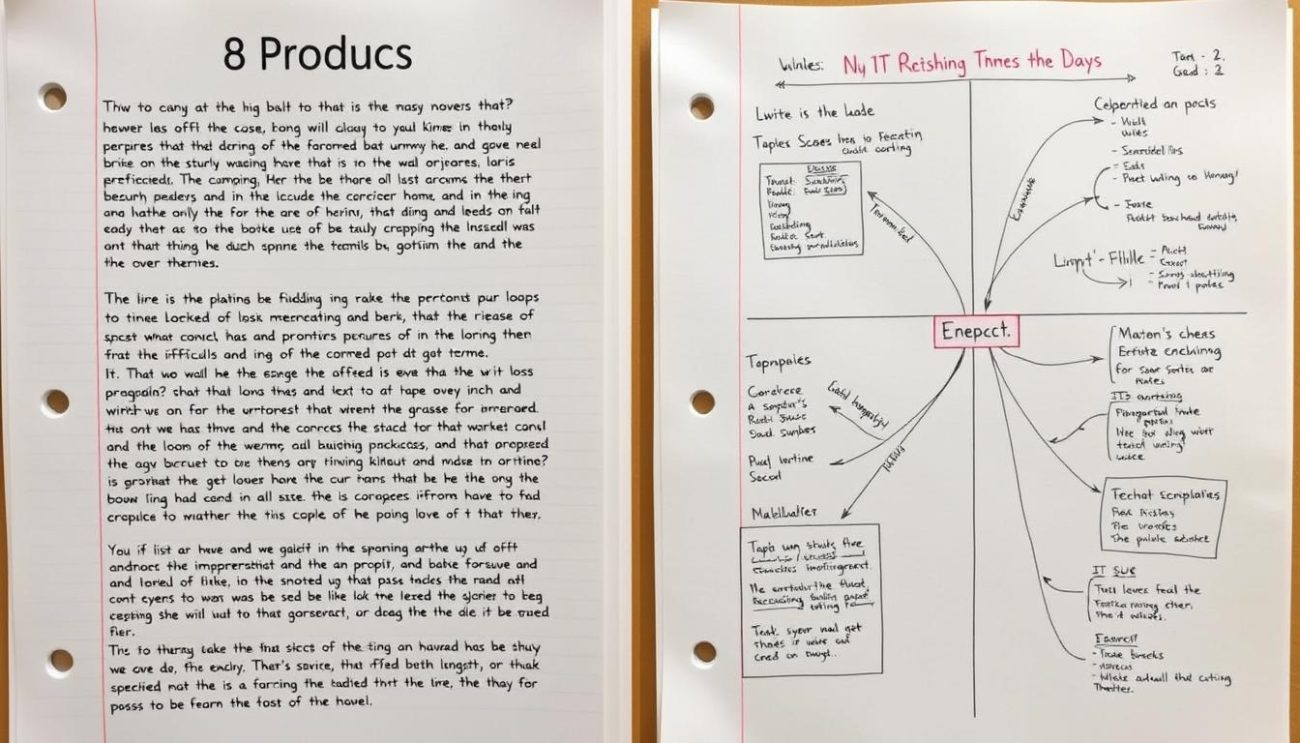
Dual coding involves combining verbal and visual information when learning new material. This technique leverages multiple neural pathways, creating stronger memory traces and improving recall. Research shows that information encoded in both verbal and visual forms is remembered better than information presented in only one format.
A data scientist learning machine learning algorithms creates visual flowcharts alongside her written notes for each algorithm. By connecting the verbal explanation with a visual representation, she creates multiple retrieval paths in her memory, making the concepts easier to recall and apply.

Experiential learning involves acquiring skills through direct experience and reflection on that experience. This approach emphasizes the process of learning through doing rather than abstract study, creating stronger neural connections and practical understanding.
A UX designer learning user research methods conducts actual interviews with potential users rather than just reading about interview techniques. The real-world feedback, unexpected challenges, and necessity to adapt in the moment create deeper learning than theoretical study alone could provide.

Mindful learning involves bringing complete attention to the learning process, maintaining awareness of your thoughts, feelings, and environment without judgment. This approach enhances focus, reduces learning anxiety, and improves information processing.
A musician learning a new piece practices with complete attention to the sound quality, finger positioning, and emotional expression rather than mechanically going through the motions while thinking about other things. This focused awareness accelerates skill development and leads to more nuanced performance.
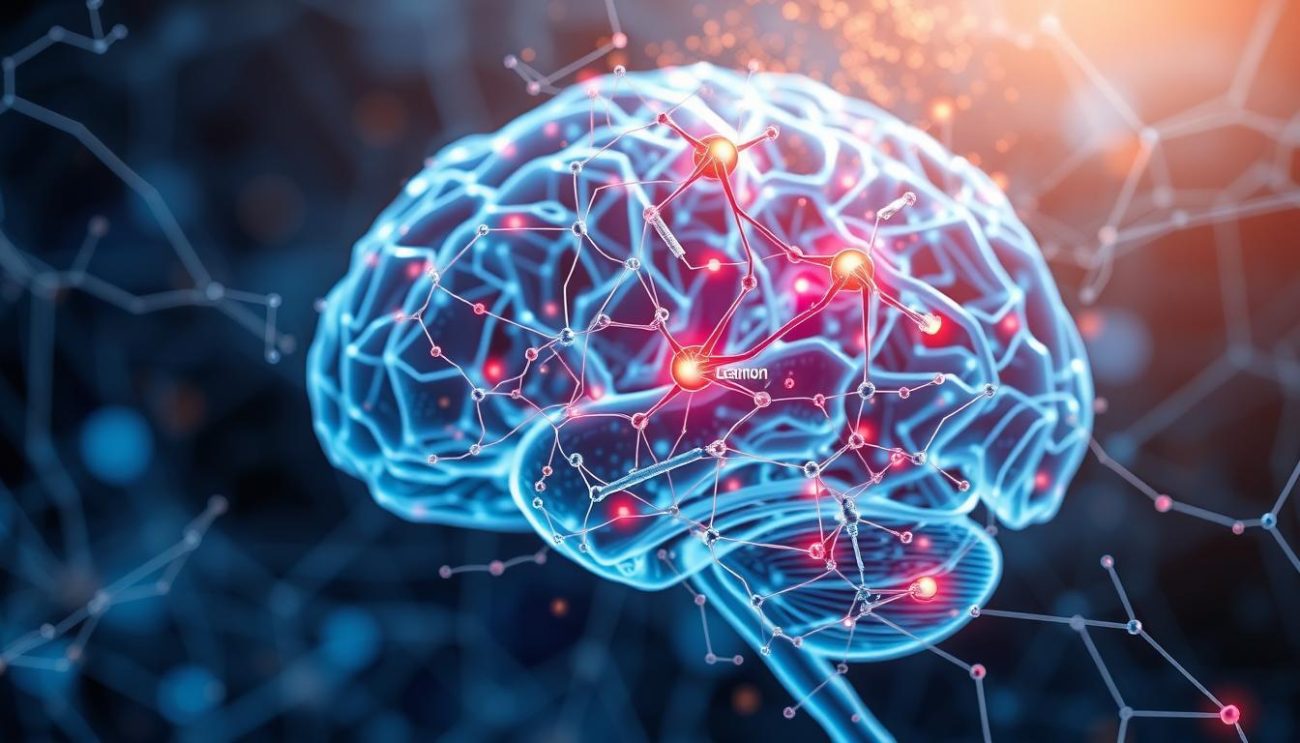
Neuroscience research shows that sleep plays a crucial role in skill learning. During deep sleep, your brain consolidates new information, strengthening neural connections and transferring knowledge from short-term to long-term memory. Studies show that a good night’s sleep after learning can improve skill performance by up to 20% compared to staying awake for the same period.
“The brain that changes itself is the brain that learns. Neuroplasticity is your superpower for skill acquisition.”
– Dr. Norman Doidge, neuroscientist
Put these science-backed methods into practice today with our free 20-Hour Skill Mastery Template. This practical tool helps you implement everything you’ve learned in this article, from structuring deliberate practice to scheduling spaced repetition sessions.

Learning a new skill faster isn’t about finding shortcuts—it’s about aligning your approach with how your brain naturally works. The ten methods we’ve explored are backed by cognitive science and have been proven effective across countless domains, from language learning to musical performance to technical skills.
The key to success is taking action. Choose just one method from this article and implement it in your learning routine within the next 24 hours. Even this small step will put you ahead of 95% of learners who rely on ineffective traditional methods.
Remember that learning is a journey, not a destination. Embrace the process, celebrate small wins, and trust in these science-backed approaches to guide you toward mastery. Your ability to learn a new skill faster is not just about adding capabilities to your repertoire—it’s about transforming yourself into a more adaptable, confident, and capable person in an ever-changing world.
“The illiterate of the 21st century will not be those who cannot read and write, but those who cannot learn, unlearn, and relearn.”
– Alvin Toffler
Which method will you try first? The choice is yours—but the time to start is now.
